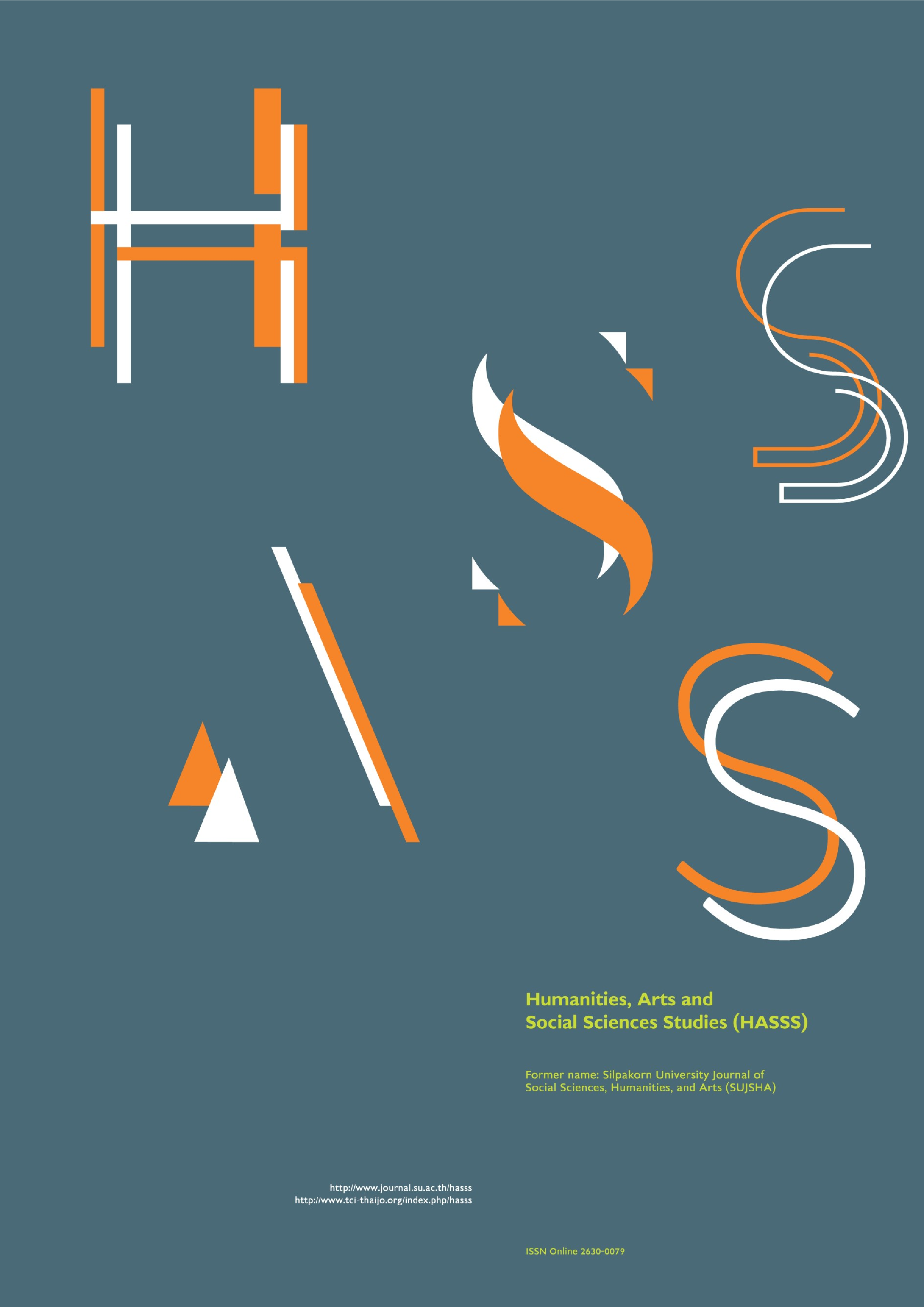Frozen sentiments: The transformation of Kālidāsa’s Drama to sacred art at the Cālukya Court
Main Article Content
Abstract
Bas-reliefs of scenes from the epics Rāmāyaṇa and Mahābhārata are extremely common in temples all over India, but depictions of scenes from a Sanskrit play (mahānāṭaka) in places of worship are virtually unheard of. A few bas-reliefs at the Lokeśvara Temple and the Trailokyeśvara Temple at Paṭṭadakal depict scenes centring around a female figure, who is arguably Śakuntalā. The story of Śakuntalā is first mentioned in Book I of the Mahābhārata and was subsequently dramatised by Kālidāsa in the 5th century CE in a Sanskrit play called the Abhijñānaśākuntalam. From a comparison of these bas-reliefs with the aforesaid texts in the original Sanskrit, it is evident that they match the storyline in the play better than that of the epic. Apart from corroborating the probability that these reliefs may have been inspired by a medieval Sanskrit play, this article also explores the artistic relationship between the Cālukya kingdom and the famous Sanskrit playwright Kālidāsa, as well as the possible connection between medieval Indian temple architecture and the Nāṭyaśāstra, a Sanskrit treatise on dramaturgy. The result demonstrates that the works of Kālidāsa were known and cherished by the Cālukya royal figures, some of whom memorialised them in stone, in an unusual form of temple iconography in the two temples at Paṭṭadakal.
Downloads
Article Details

This work is licensed under a Creative Commons Attribution-NonCommercial-NoDerivatives 4.0 International License.
All rights reserved. Apart from citations for the purposes of research, private study, or criticism and review,no part of this publication may be reproduced, stored or transmitted in any other form without prior written permission by the publisher.
References
Annigeri, A. (1961). A Guide to the Paṭṭadakal Temples. Dharwar: Kannada Research Institute.
Brown, P. (1971). Indian Architecture Hindu and Buddhist. Mumbai: D.B. Taraporevala Sons & Co. Private Ltd.
Das, S. (2015). Ancient Indian Dramaturgy: A historical overview of Bharata’s Natyashastra. Research Scholar – An International Refereed e-Journal on Literary Explorations 3(3): 133–140.
Filliozat, V. (n.d.) Śaiva Monuments at Paṭṭadakal. Unpublished manuscript.
Ghosh, M. (2003). The Nāṭyaśāstra Ascribed to Bharata-Muni. Varanasi: Chowkhamba Sanskrit Series Office.
Kale, M. R. (2005). The Abhijñānaśākuntalam of Kālidāsa. Varanasi: Motilal Banarsidass.
Kielhorn, F. (1990). Aihole Inscriptions of Pulakeśin II.; Saka-Samvat 556. In E. Hultzsch (Ed.), Epigraphica Indica and Record of The Archaeological Survey of India, pp. 1–11. Calcutta: Office of the Superintendent of Government Printing.
Michell, G. (2014). Temple Architecture and Art of the Early Chalukyas: Badami, Mahakuta, Aihole, Pattadakal. Mumbai: Niyogi Books.
Nanjundaiya Sreekantaiya, T. (2001). Indian Poetics. Delhi: Sahitya Akademi.
Olivelle, P. (2004). Manu’s Code of Law: A Critical Edition and Translation of the Manava-Dharmasastra. New York: Oxford University Press.
Prabhu, H. P. (2011). Hindu Social Organization: A Study of Socio-Psychological and Ideological Foundations. Delhi: Popular Prakashan Ltd.
Rangaswami, C. V. (2015). Administration Under the Early Western Chalukyas. Delhi: Sharada Publishing House.
Sundara, A. (2008). Pattadakal. Delhi: Archaeological Survey of India.

